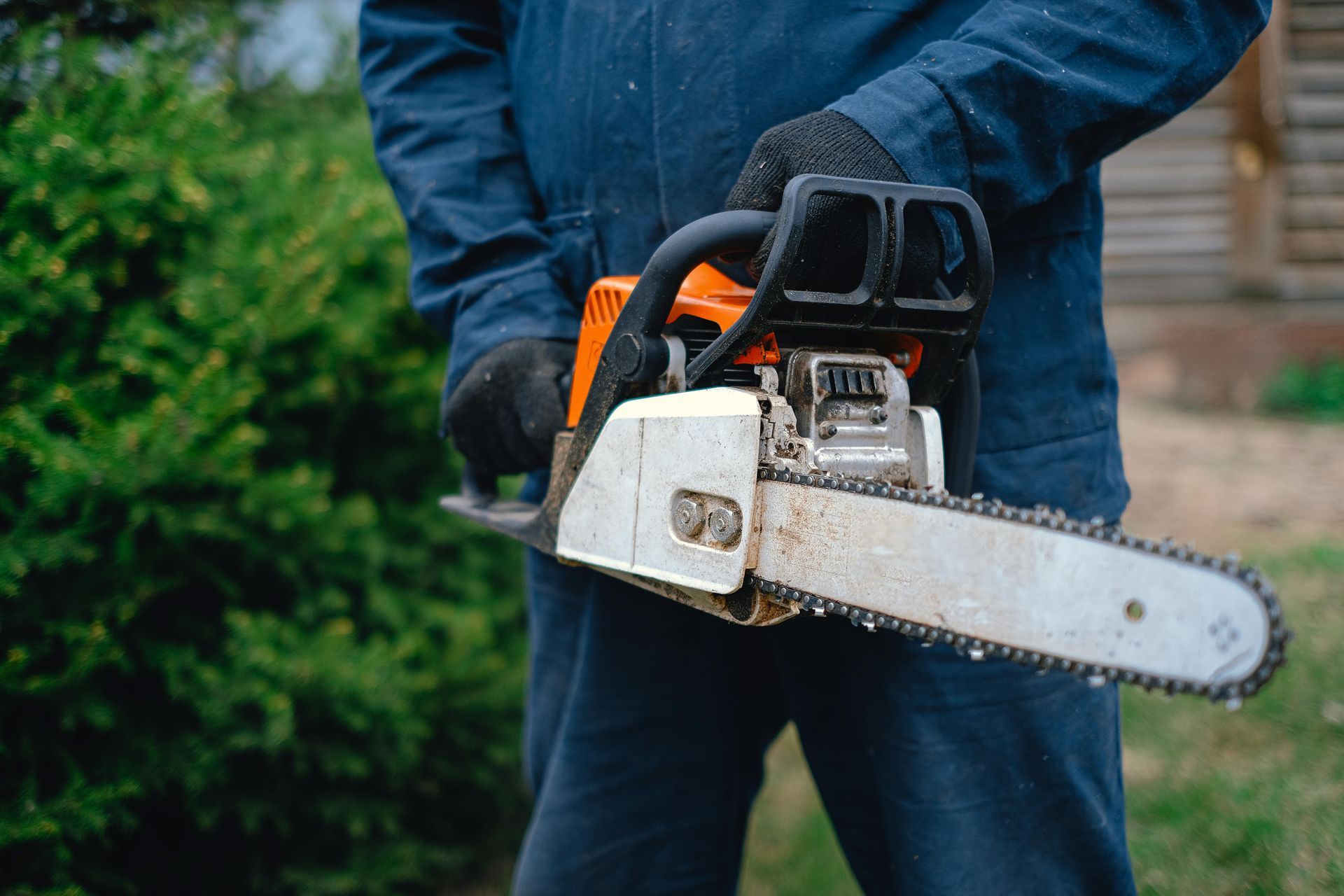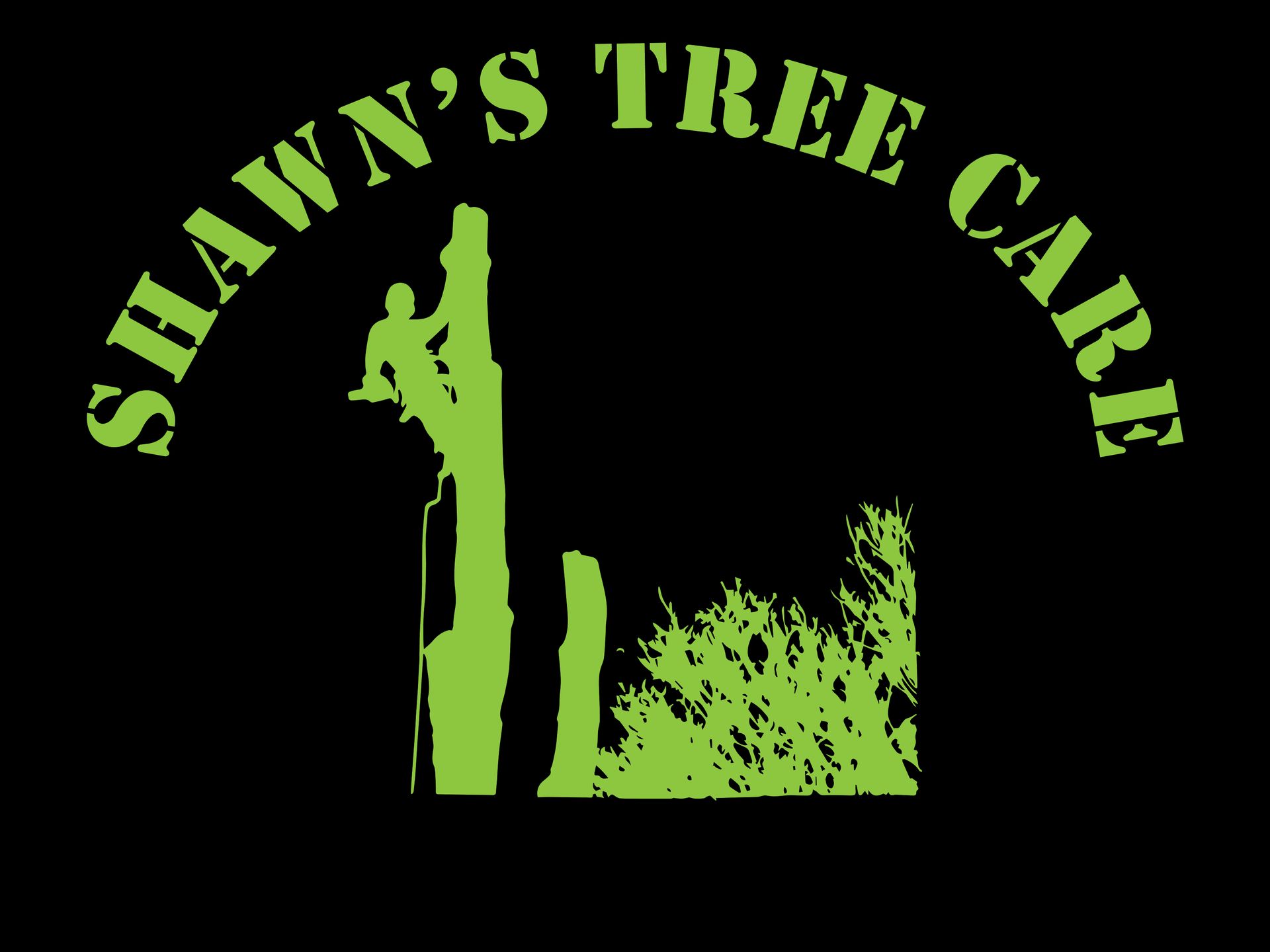Worst Time to Prune Trees: What Homeowners Need to Know
Pruning is essential for healthy, beautiful trees—but timing is everything. Done at the wrong time, pruning can do more harm than good. If you’ve ever wondered about the worst time to prune trees, you’re not alone. It’s one of the most common questions we hear from homeowners.
At Shawn’s Tree Care, we believe in empowering our clients with the knowledge they need to take care of their trees the right way. Whether you're handling light yard work or planning a larger tree maintenance project, understanding the when of pruning is just as important as the how.
In this article, we’ll break down the basics of
tree pruning, explain the best and worst times to prune, and share how our team can help you protect the long-term health of your trees.

Why Tree Pruning Matters
Before we talk about timing, let’s talk about why pruning is so important. Proper tree trimming and pruning improves the structure, appearance, and safety of your trees. It helps:
- Remove dead or diseased branches
- Encourage strong new growth
- Improve air circulation and light penetration
- Prevent property damage from overgrown limbs
- Shape trees for a more attractive appearance
But here’s the catch: pruning is a wound. Every cut you make opens the tree to potential stress, disease, and environmental exposure. That’s why doing it at the wrong time can slow healing and even jeopardize the tree’s health.
So, When Is the Worst Time to Prune Trees?
The worst time to prune trees is generally during the growing season in late spring and early summer—especially right after leaves have fully formed. Here’s why this period is problematic:
1. It Disrupts Growth
Trees are using a lot of energy to produce leaves and expand during this time. Pruning just as they’re getting into full swing can reduce their energy reserves and lead to poor growth patterns.
2. It Increases the Risk of Disease and Pest Infestation
Open wounds attract pests and pathogens. In warmer months, many harmful insects and diseases are more active. Pruning creates easy entry points just when the tree is most vulnerable.
3. It Weakens the Tree
Trees pruned in late spring or early summer may struggle to recover before the heat of summer. This can result in fewer leaves, reduced shade, and increased water stress.
4. For Some Species, It Can Lead to Bleeding
Trees like maples, birches, and dogwoods are prone to sap loss if pruned during the growing season. While this bleeding isn’t usually fatal, it can weaken the tree and attract insects.
If you’re unsure when to prune trees on your property, calling in a professional arborist can help ensure you don’t accidentally do damage that could take seasons to correct.
When Is the Best Time to Prune Trees?
Generally, the best time to prune trees is late winter to early spring, while they are still dormant. This timing has several advantages:
There’s less sap flow
- Insects and disease-causing organisms are less active
- The tree has time to heal before the growing season
- You can see the structure of the tree more clearly without leaves
- The pruning wound closes faster once growth resumes
Late fall can also be appropriate for some species, though it depends on the specific type of tree and its growing habits.
How to Prune a Tree the Right Way
Learning how to prune a tree correctly can make a big difference in both the health and appearance of your landscape. Here are a few general principles:
Start with Dead or Diseased Branches
These are the highest priority. Removing them helps prevent the spread of decay and improves the tree’s ability to focus on healthy growth.
Thin Out Crowded Areas
Remove branches that rub or cross each other. Focus on opening up the canopy to let more air and sunlight in.
Make Clean, Angled Cuts
Use sharp tools and make your cuts just outside the branch collar (the swollen area where the branch meets the trunk). This helps the tree heal more efficiently.
Don’t Over-Prune
Never remove more than 25% of a tree’s canopy at once. Excessive pruning can shock the tree and reduce its ability to photosynthesize.
If you’re not confident about how to handle pruning safely—or simply want the best results—it’s wise to contact a professional. At Shawn’s Tree Care, we know how to prune a tree the right way, no matter the species or condition.
Why Pruning Needs Vary by Tree Type
Not all trees have the same pruning needs. Here’s a quick look at how timing can vary depending on the species:
- Oak trees: Best pruned in winter to avoid oak wilt, a deadly fungal disease
- Maples and birches: Late fall or mid-winter is ideal to prevent sap bleeding
- Fruit trees: Prune in late winter to promote better fruit production in spring
- Flowering trees: Timing depends on when they bloom—spring bloomers should be pruned after flowering, while summer bloomers can be pruned in winter or early spring
If you’re unsure about the species in your yard or how do you prune a tree of a certain type, our team can evaluate your landscape and provide a safe, customized pruning plan.
What Happens If You Prune at the Wrong Time?
Sometimes, you just can’t avoid pruning during the “wrong” time—maybe due to storm damage, safety hazards, or disease. That’s okay. The key is to be strategic and avoid unnecessary stress.
However, routine or cosmetic pruning in the worst season can lead to:
- Slow healing and increased disease risk
- Stunted or uneven growth
- Excessive sap bleeding (for certain trees)
- Sunscald on newly exposed branches
- A decline in overall tree health
That’s why it’s critical to consult with a qualified team like Shawn’s Tree Care. We can help you assess when a cut is necessary—and when it’s best to wait.
How Shawn’s Tree Care Can Help
Tree care is an investment in your property’s health, safety, and beauty. At Shawn’s Tree Care, we specialize in tree trimming and pruning, ensuring that every cut supports healthy growth and long-term vitality.
Here’s how we help homeowners throughout the area:
- Seasonal tree assessments to plan the best time to prune
- Expert trimming and shaping for better tree structure
- Hazard reduction for limbs close to homes, power lines, or walkways
- Disease and pest evaluations to catch problems early
- Storm damage cleanup when immediate pruning is necessary
We understand that not every tree—and not every situation—is the same. That’s why we tailor every service to your specific needs and landscape goals.
Call Shawn’s Tree Care Before You Prune
If you’re planning a pruning project, ask yourself: “Am I doing this at the right time?” Cutting at the wrong moment can have long-term consequences—but we’re here to help you avoid them.
Whether you're dealing with overgrown limbs, storm damage, or you’re just trying to learn when is the worst time to prune trees, Shawn’s Tree Care is your trusted partner in smart, safe, and seasonal tree care.
Contact us today for a consultation or to schedule professional tree trimming and maintenance. We’ll evaluate your trees, explain your options, and make sure your landscape thrives for years to come.
